Eight Michigan organizations receive NPS program grants for watershed priorities
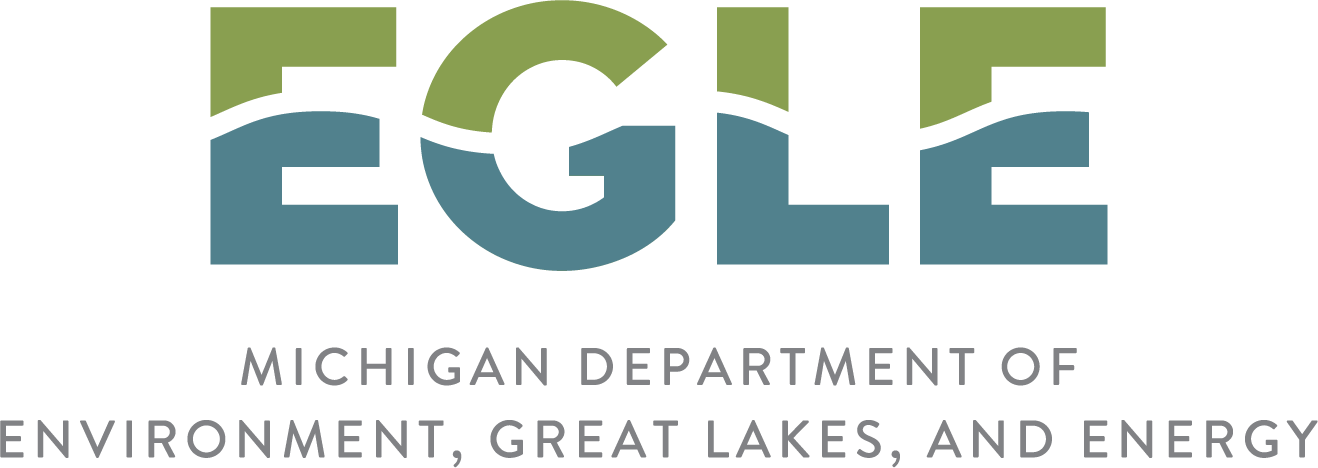
On November 20, 2025, the Michigan Department of Environment, Great Lakes, and Energy (EGLE) announced about $2.9 million in Nonpoint Source (NPS) Program grants to support eight projects designed to prevent, reduce, or eliminate polluted runoff and other nonpoint sources of pollution that occur when rain, snowmelt, or wind carry pollutants from land into lakes, streams, or wetlands.
The grants will implement locally developed watershed management priorities approved by EGLE to help restore impaired waters and protect high-quality waters by reducing nonpoint source sediments, nutrients, bacteria, and other contaminants. Funding is provided through the Renew Michigan Fund and Section 319 of the Federal Clean Water Act.
Planned activities include addressing high levels of bacteria from human sources in the Thornapple River Watershed through outreach to homeowners, technical assistance, and funding for repair and replacement of failing on-site septic systems. In the Grand Traverse Bay Watershed, an undersized railroad-stream crossing will be replaced to restore proper stream dimensions and sediment transport mechanisms to improve stream health and natural stream function.
Livestock best management practices will be implemented in the Ottawa-Stony North and Munuscong River watersheds to address sources of sediment, nutrient, and E. coli impairments. Measures will include improvements to on-site manure management, restricting livestock access to surface water, and adding livestock stream crossings.
An Inland Waterway stewardship guide will be developed to educate residents and recreational users across six major waterbodies—Crooked, Pickerel, Burt, and Mullet lakes, as well as the Indian and Cheboygan rivers—on best management practices for reducing nutrient runoff, managing invasive species, and protecting shorelines. The project will leverage resources from statewide initiatives to drive action and increase public awareness and stewardship.
Approximately 300 acres in the Grand River Watershed and 552 acres in the Manistee River Watershed will be protected with water quality-based permanent conservation easements. Combined, these easements are expected to prevent 33.6 tons of sediment, 542 pounds of nitrogen, and 112 pounds of phosphorus from entering Michigan waterways.
Michigan-based organizations awarded funding are Legacy Land Conservancy, Ann Arbor ($377,038); Washtenaw County Soil Conservation District, Ann Arbor ($383,484); Southwest Michigan Land Conservancy, Galesburg ($239,216); Barry Conservation District, Hastings ($339,462); Tip of the Mitt Watershed Council, Petoskey ($45,356); Chippewa Luce Mackinac Conservation District, Sault Ste. Marie ($500,000); Grand Traverse Regional Land Conservancy, Traverse City ($415,673); and The Watershed Center Grand Traverse Bay, Traverse City ($614,993).
EGLE reported receiving 17 applications requesting about $6.4 million in response to the request for proposals. The grants are issued by EGLE’s NPS Program, which helps local stakeholders reduce pollution and excess runoff by supporting efforts to develop and launch watershed management plans. The NPS Program typically issues an annual request for proposals for this funding source, with the next opportunity expected in January 2026 at Michigan.gov/NPS.
Want to read more like this story?

India sets plan to create world’s longest river to reduce floods and droughts
Jan, 17, 2017 | NewsScientists warn about serious consequences on ecosystems and coastlines Scientists warn about ser...
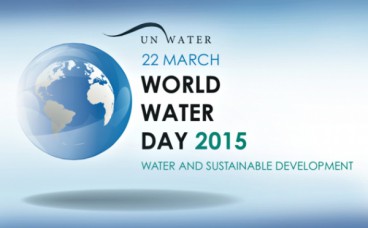
March 22nd is World Water Day!
Mar, 22, 2015 | NewsSince 1993, the United Nations has designated March 22nd of each year as World Water Day, a day dedi...

Ancient engineering methods to address water shortages
Jul, 31, 2019 | NewsAccording to a new study, published in Nature Journal, a 1,400-year-old system of canals that divert...
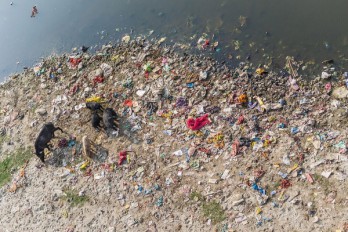
The severely polluted Yamuna River in India and its clean-up project
Dec, 14, 2017 | NewsBetter late than never, the Indian government has finally made river clean-up an important priority...
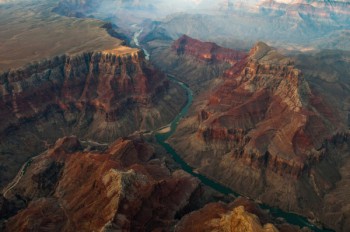
Colorado River Tops Endangered Rivers List
Apr, 07, 2015 | NewsThe environmental group American Rivers, released a list of the top ten rivers in the country facing...
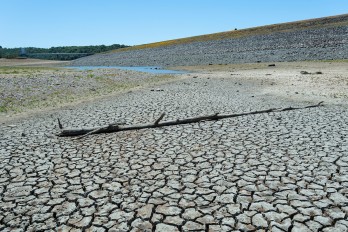
US announces $20 million funding for four drought resilience infrastructure projects
Apr, 06, 2023 | NewsA $20 million funding was announced in the US on April 6 for the construction of four small surface...
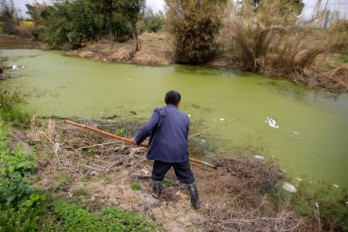
More than 80% of underground water in China is heavily polluted
Apr, 12, 2017 | NewsIndustrial pollution and farming has rendered it unsuitable for human use Industrial pollution an...
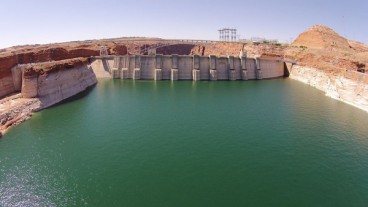
The debate on decommissioning the Glen Canyon Dam at the Colorado River
May, 25, 2016 | NewsThere are signs that this great dam has proved less efficient than originally planned There...
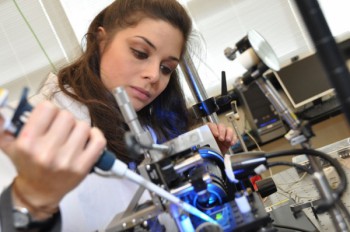
Researchers have developed a miniaturized water quality sensor that can monitor drinking water quality in real time
Oct, 03, 2017 | NewsThis tiny and inexpensive device -built using a 3D printer- can be deployed anywhere in the water di...
Trending

Characteristics of Load Bearing Masonry Construction

Taipei 101’s impressive tuned mass damper

Morocco Implements Landmark Dam Perforation to Combat Water Stress in Marrakech

Dutch greenhouses have revolutionized modern farming

The Line at Neom faces feasibility reassessment while construction continues

The Line at Neom faces feasibility reassessment while construction continues


